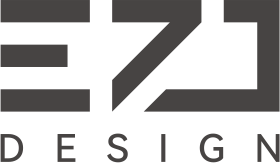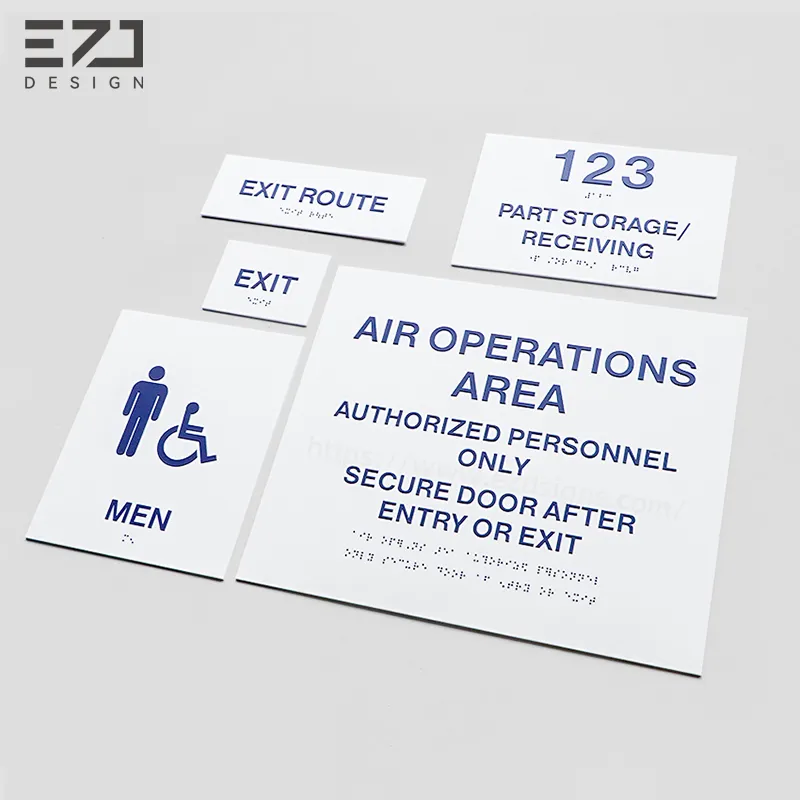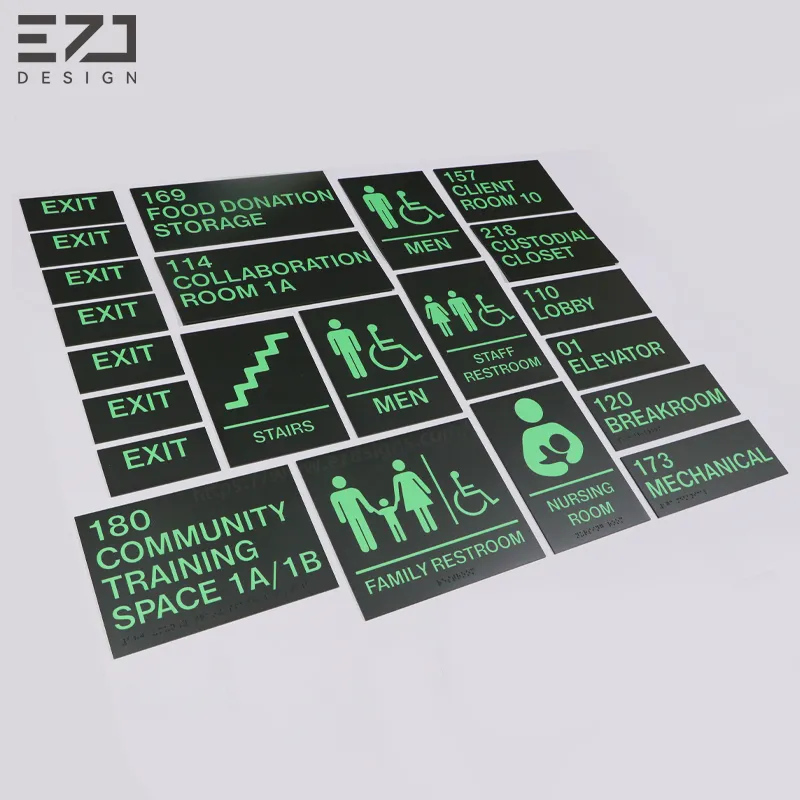
No.77-2-4, No.13 Road, Shenyang Economic And Technological Development Zone, Liaoning Province, China.
Telephone:+86-159 40213762
No.77-2-4, No.13 Road, Shenyang Economic And Technological Development Zone, Liaoning Province, China. +86-159 40213762 [email protected]
Published: August 27, 2025
With society placing increasing focus on accessibility and inclusivity, ADA (Americans with Disabilities Act) signage standards received a significant upgrade in 2025. For hotels, healthcare institutions, retail spaces, educational campuses, and office buildings, signage is no longer just “wayfinding”—it embodies safety, compliance, brand image, and customer experience.
At EZD Sign, we not only help clients meet regulatory requirements but also integrate creative design and advanced manufacturing to make signage an extension of spatial aesthetics and corporate responsibility.


All ADA-compliant signs must feature tactile lettering, Grade 2 Braille, and meet strict guidelines for font, contrast, and mounting height. Inconsistent compliance may lead to penalties, lawsuits, or exclusion of individuals with disabilities from accessing spaces.
Correct mounting location and height are as critical as tactile and Braille features. Inaccessible signage—no matter how well-designed—is non-compliant.
| Sign Type | Mounting Height (from floor) | Details |
|---|---|---|
| Room ID & Nameplates | 48” to 60” | Measured to the baseline of the lowest tactile character |
| Directional / Informational Signs | Varies | Must be placed in accessible viewing areas, usually between 40”–70”, depending on content |
| Elevator / Emergency Signs | 60” center height | Consistent placement ensures universal visibility |
These standards are designed to accommodate wheelchair users and individuals with visual impairments, ensuring that all visitors can independently access the environment.
| Application | Required Signage | Notes |
|---|---|---|
| Hotels | Room numbers, restrooms, elevators | Enhances guest experience and avoids penalties |
| Hospitals/Clinics | Waiting areas, emergency routes, department plates | Critical for safety, high priority |
| Schools/Universities | Classrooms, dorms, evacuation routes | Affects funding and compliance reviews |
| Malls/Retail | Entrances, restrooms, accessible routes | Improves foot traffic and inclusivity |
| Office Buildings | Office numbers, meeting rooms, emergency exits | Aligns with both OSHA and ADA |
| Region | Regulation | Key Features |
|---|---|---|
| USA | ADA | Tactile + visual, mandatory Braille |
| EU | EN 301 549 | Focus on digital accessibility, often integrated with systems |
| China | GB/T 10001.9 | Focus on barrier-free access and Braille signage |
| Australia | DDA | Emphasis on full accessibility of buildings and information |
Q1: What are the key ADA changes in 2025?
A: Stricter contrast, tactile font rules, updated Braille, illuminated emergency signs, and inclusive design.
Q2: Do all signs need compliance?
A: Permanent signs (room numbers, restrooms, emergency exits) must comply. Temporary/advertising signs are usually exempt.
Q3: What are the consequences of non-compliance?
A: Fines, lawsuits, failed inspections, and reputational damage.
Q4: Can compliance still reflect brand identity?
A: Absolutely. EZD Sign merges compliance with aesthetics.
The new 2025 ADA standards are not just legal obligations—they are opportunities to show responsibility and enhance brand value. EZD Sign recommends:
ADA compliance is more than a requirement—it creates equal, safe, and comfortable experiences for everyone.